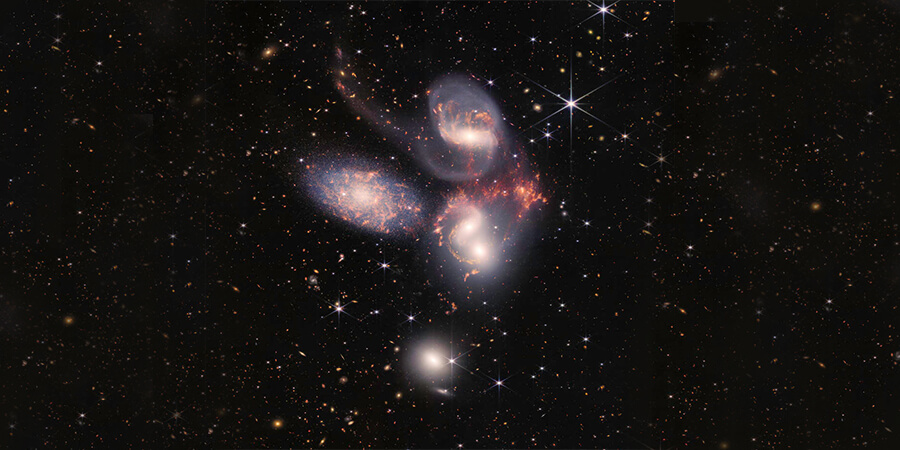NASA has unveiled the beauty of the hidden universe through the first full-color images and spectroscopic data obtained by the James Webb Space Telescope (JWST).
These images and data from the world’s largest and most powerful space telescope demonstrate Webb at its full capacity in uncovering the infrared universe. “This is a singular and historic moment,” said Thomas Zurbuchen, Associate Administrator for NASA’s Science Mission Directorate. “It took decades of drive and perseverance to get us here, and I am immensely proud of the Webb team. These first images show us how much we can accomplish when we come together behind a shared goal, to solve the cosmic mysteries that connect us all. It’s a stunning glimpse of the insights yet to come.”
At the heart of the JWST are instruments such as the Near-Infrared Camera (NIRCam), the Mid-Infrared Instrument (MIRI), the Near-Infrared Spectrograph (NIRSpec) and the Near InfraRed Imager and Slitless Spectrograph (NIRISS) that collectively help capture never-before-seen images in the universe.
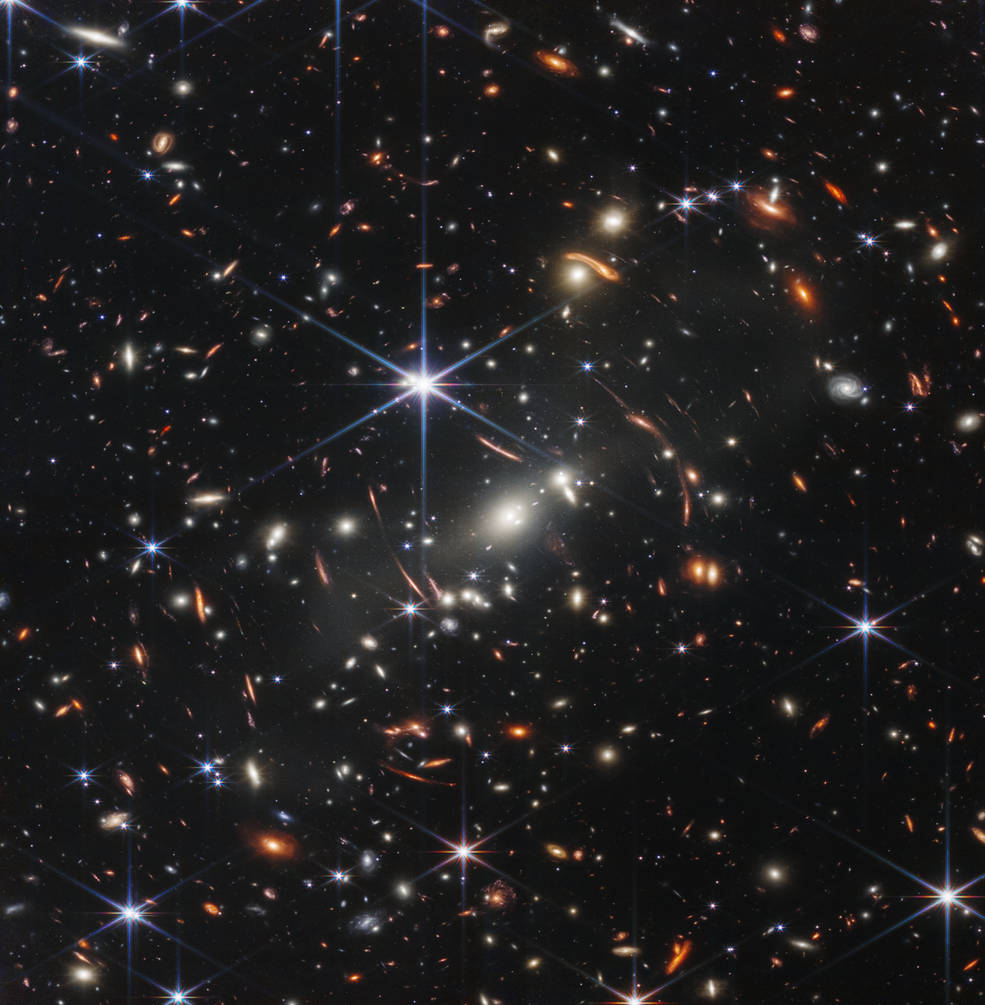
Source: NASA / Galaxy Cluster SMACS 0723 - Webb’s First Deep Field
NASA’s JWST has produced the deepest and sharpest infrared image of the distant universe to date. Known as Webb’s First Deep Field, this image of galaxy cluster SMACS 0723 is overflowing with detail, including the faintest objects ever observed in the infrared.
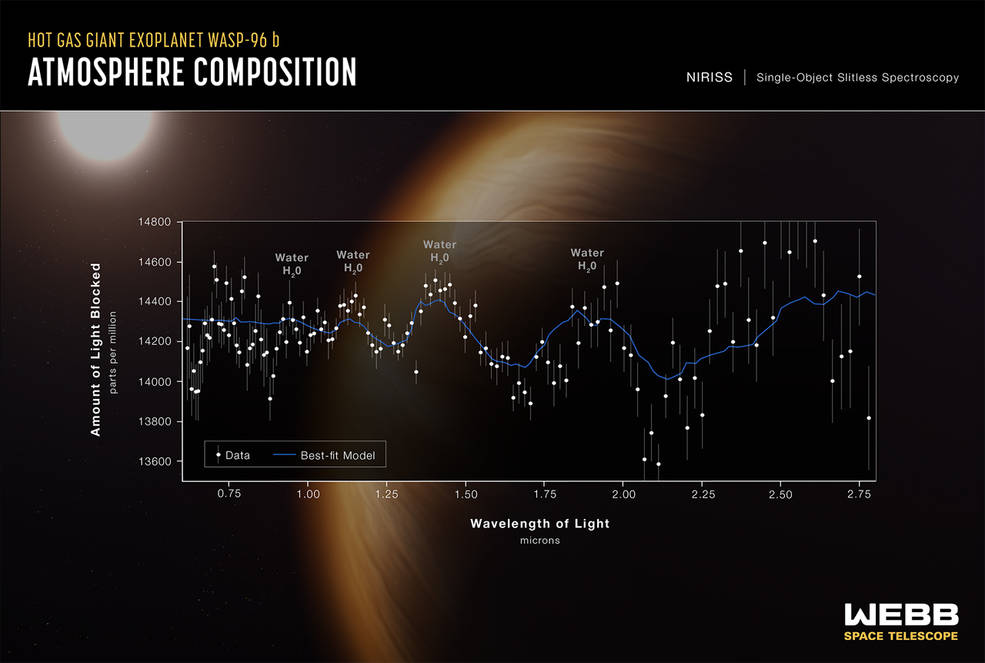
Source: NASA / WASP-96b Data
With Webb’s first detection of water in the atmosphere, found on exoplanet WASP-96b, it will now set out to study hundreds of other systems to better understand what other planetary atmospheres are made of.
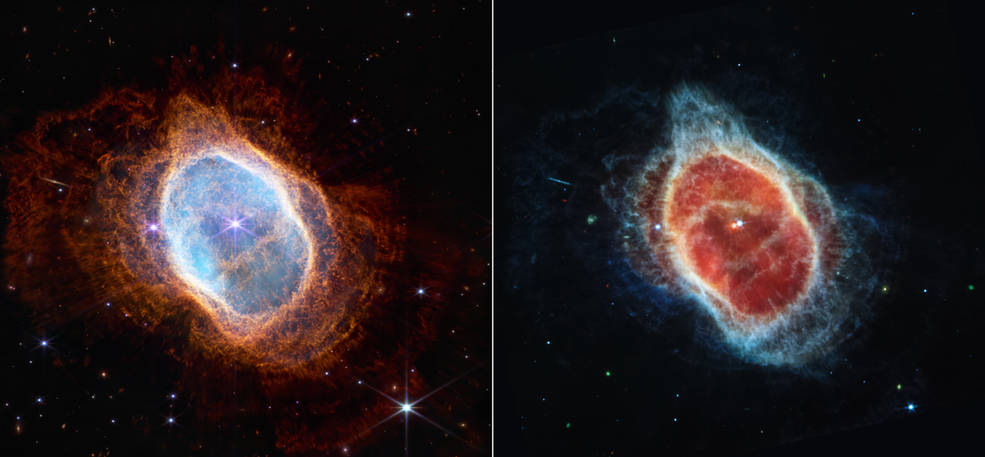
Source: NASA / Southern Ring Nebula - NIRCam and MIRI Images Side by Side
In addition, Webb’s powerful infrared eyes have brought a second dying star (Southern Ring Nebula) into full view for the first time. From birth to death as a planetary nebula, Webb can explore the expelling shells of dust and gas of aging stars that may one day become a new star or planet.
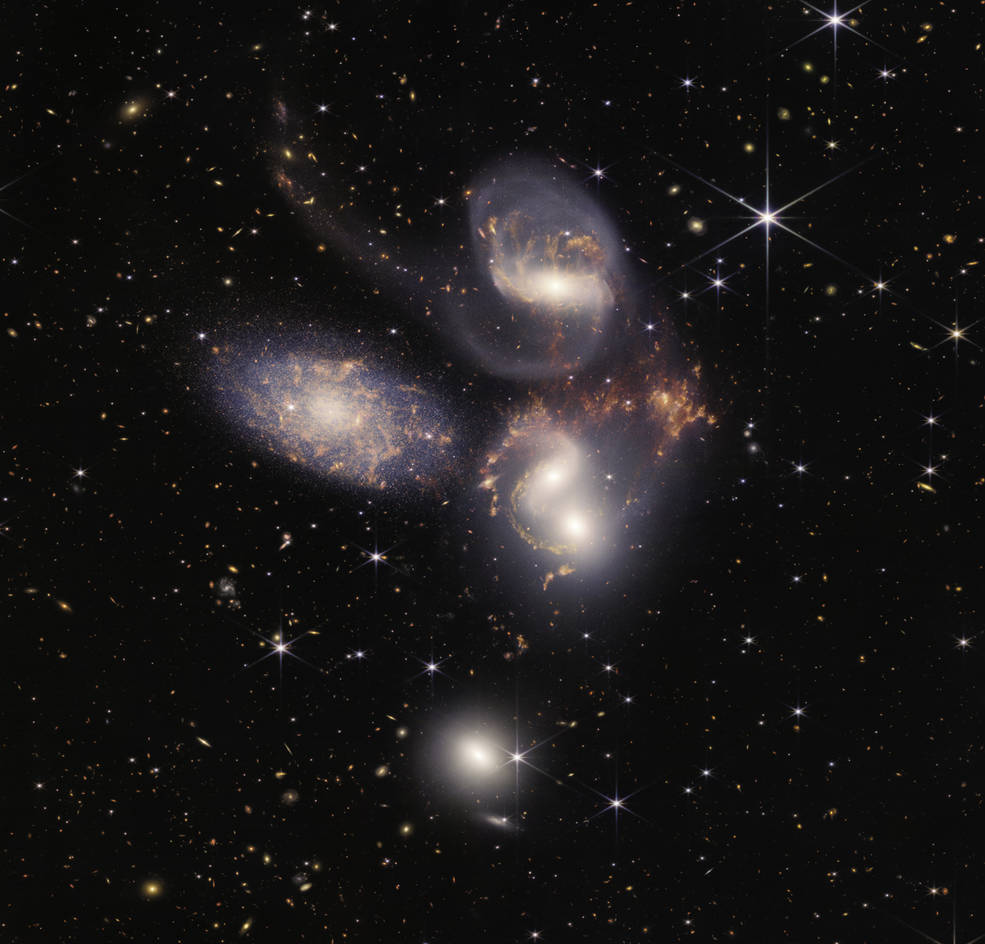
Source: NASA / Stephan’s Quintet
Webb’s detailed view of a compact group of galaxies (Stephan’s Quintet) allows scientists to get a rare look, in unprecedented detail, at how interacting galaxies are triggering star formation within each other’s celestial terrains and how the gas in these galaxies is being disturbed.
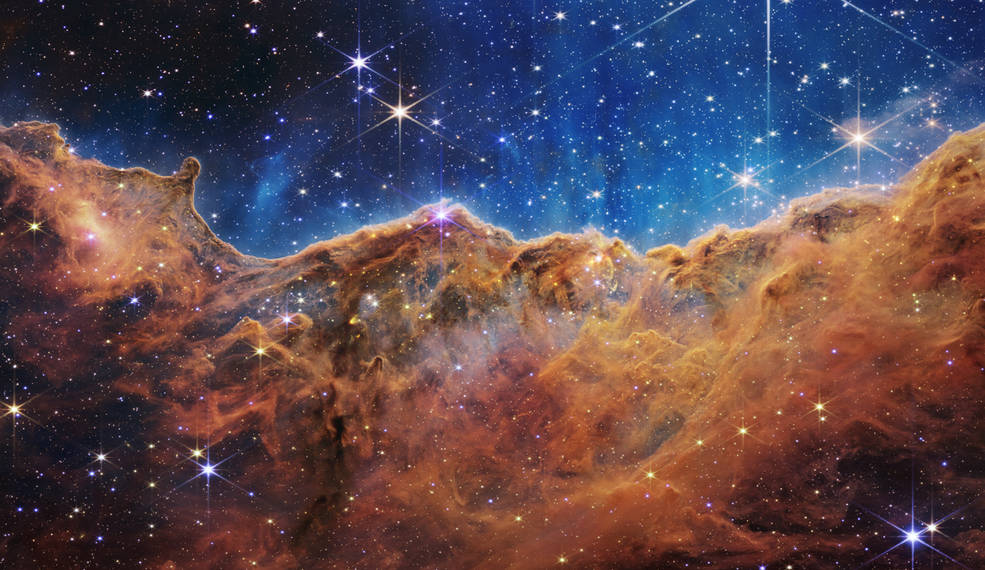
Source: NASA / Cosmic Cliffs in the Carina Nebula - NIRCam Image
Webb’s look at the ‘Cosmic Cliffs’ in the Carina Nebula unveils the earliest rapid phases of star formation, phenomena that were previously hidden.
Corning’s advanced optics technologies has also played a vital role in capturing the first high-resolution color images from NASA’s JWST. The image capture technologies produced by Corning are integrated within JWST’s Fine Guidance Sensor and the Near Infrared Imager. Together, these technologies help in pointing and stabilizing the entire telescope platform for data collection, enabling astronomers to determine the age and chemical mixture of distant objects.
